
This month’s program (8 minutes and 45 seconds) celebrates the life of Franz Joseph Haydn, who passed from this earth 200 years ago this month. Though he never had children, the composer is often referred to as “Papa” Haydn, and his fatherly guidance was essential in the development of the
symphony and string quartet. We’ll hear first a cassation, a form that was usually part of wedding entertainment. In this Cassation in G, one can hear many of the elements that Haydn would incorporate into his symphonies.
From a little later in Haydn’s life, we’ll then hear a menuetto from an early symphonic masterpiece of Haydn, subtitled “the Night,” or “Le Soir.”
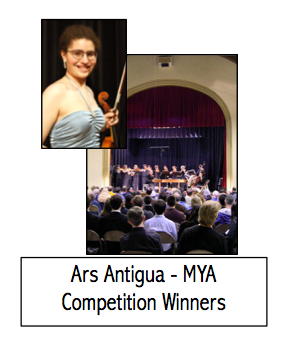


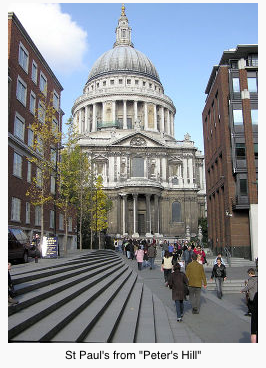

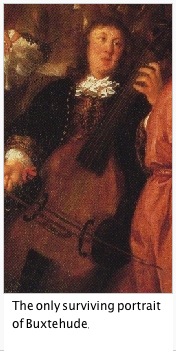
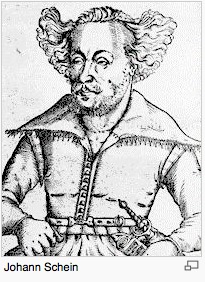
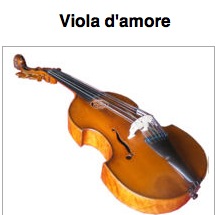
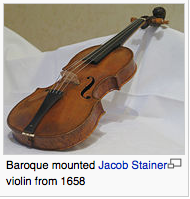
 Our program (12 minutes and 22 seconds) features
Our program (12 minutes and 22 seconds) features 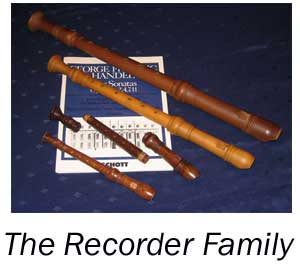 Our program this month (13 minutes and 29 seconds) features Amy Pikler, winner of the 2008
Our program this month (13 minutes and 29 seconds) features Amy Pikler, winner of the 2008